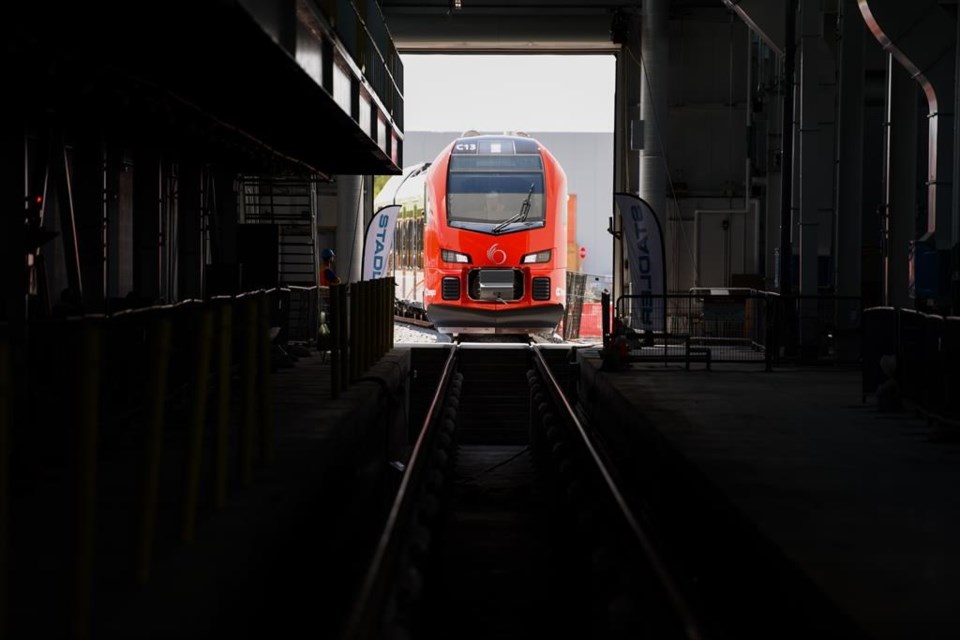TORONTO — The effects of climate change are projected to cost Ontario an extra $1.5 billion annually on average in the next few years just to maintain public transportation infrastructure, the province's financial watchdog said in a report Thursday.
By 2030, changes in extreme weather mean climate-related costs will accumulate to a total of $13 billion, the Financial Accountability Office said.
Over the long term, if global emissions peak by mid-century, climate hazards will increase infrastructure costs by $2.2 billion a year on average, without any climate adaptation, and if emissions instead continue rising beyond 2050, those costs will increase by $4.1 billion a year on average, the report said.
Adaptation would add between $1.4 billion and $2.9 billion a year between now and the year 2100.
"While these additional climate-related costs are significant, they are less expensive for provincial and municipal governments than not adapting over the long term," the FAO wrote.
The study didn't even take into effect damage from wildfires or ice storms, focusing instead on extreme rainfall, extreme heat and freeze-thaw cycles.
The report noted that over the next nine years, maintaining public transportation infrastructure would have cost $11 billion a year if the climate was stable.
Green Party Leader Mike Schreiner, who originally asked for a report on the topic, called on the government to create a dedicated adaptation fund and commit to reducing pollution by half this decade.
"I asked the FAO to prepare this report because the people of Ontario deserve to know the costs and risks of the climate crisis," Schreiner said in a statement.
"If doing the right thing won’t get (Premier Doug) Ford to act, my hope is that money will. Today’s FAO report lays out the massive repair bill that is coming due right now, unless the government acts urgently to make public transportation and other infrastructure climate-ready."
Interim NDP Leader Peter Tabuns said the government should commit to investing in adapting public transportation infrastructure to withstand the impacts of climate change.
"We can’t keep wasting time dawdling on meaningful climate action," he said in a statement. "The longer Ontario takes to get serious about the climate crisis, the more the province will pay for the consequences."
A spokesman for Environment Minister David Piccini said Ontario has made major investments in clean steel, public transit and electric vehicles.
“Our government will continue to fight climate change with new initiatives that are flexible to the opportunities, needs, and circumstances of Ontarians,” Phillip Robinson said in a statement.
The roads, bridges, large structural culverts and rail tracks owned by Ontario’s municipal and provincial governments are valued at $330 billion, with most of them owned by the municipalities, the report said.
This report by The Canadian Press was first published Sept. 22, 2022.
Allison Jones, The Canadian Press

